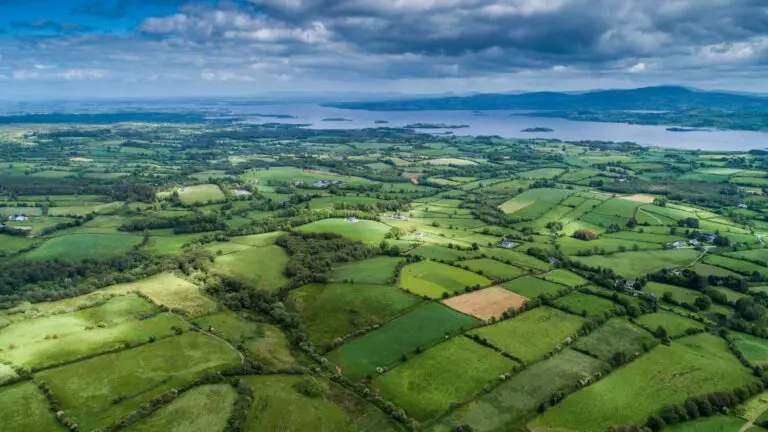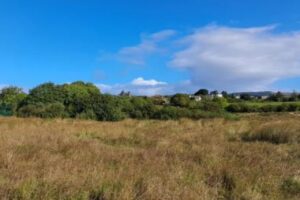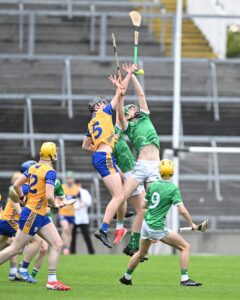CERTAINTY and clarity is needed regarding a residential zoned land tax that will come into play with the upcoming County Development Plan.
Criticism has been voiced by county councillors on the manner in which details of the new tax have emerged towards the end of the public consultation window for the 2023-2029 Clare County Development Plan.
On December 22nd, the Department of Housing, Local Government and Heritage issued local authorities with a circular with details on the enactment of the Finance Bill 2021 which included provisions for the introduction of the Residential Zoned Land Tax. “The purpose of the new tax is to assist in land activation for residential purposes,” Director of Economic Development with Clare County Council, Liam Conneally explained. The tax will in time replace the Vacant Site Levy which will remain in operation until the new tax measure comes into effect.
This Finance Act has set out actions and processes for the planning authority and An Bord Pleanála to undertake in facilitating the tax which becomes operation on February 1st 2024. Revenue will manage the collection and enforcement of the tax which is set out at 3% of the site value, to be self-assessed by the landowner, with liability and enforcement arrangements to be managed by the Revenue system.
At a recent sitting of the Council, Cllr Joe Cooney (FG) requested detail on when the zoned land tax will come into effect and “the different rates that may apply to the different zoning designations”.
All lands zoned solely or primarily for residential development or for a mixture of uses, which includes residential use in a development plan or local area plan before 1st January 2022 and remains zoned for these uses, is liable for consideration under the Residential Zoned Land Tax. “This is intended to encourage activation of existing planning permissions and incentivise suitable lands without planning permission to commence the process of engagement with the planning authority,” Conneally outlined.
Maps prepared by each local authority for its “functional area” will help to identify lands which fall within the scope of the tax. The maps are to be updated annually and are to be based on the development plan and will include provisions for landowners to make submissions on their lands proposed inclusion or exclusion, the final map will be published on February 1st 2025. There is also a provision for landowners who find their lands fall within the scope of the proposed maps to make a request to the planning authority to consider an amendment to the zoning objective on their land.
Cllr Cooney warned that the tax could result in development not occurring on certain parts of land until 2028, “if that is the question can you put a tax on it if you can’t develop it, it is landlocked land”. He was worried responses from the Department for clarity would not arrive in time for the Plan’s adoption.
Issues with the OPR and population projects were mentioned by Cllr Tony O’Brien (FF) who feared the new tax may “further hinder the prospect of houses and housing being built in our towns and villages”.
Landowners are unaware of systems to help them identify if their land is zoned, Cllr Joe Killeen (FF) believed. “I have a feeling that some of them would contest the fact they weren’t made aware that their land was zoned”. Cllr Johnny Flynn (FG) questioned if the “revenue and finance” based legislation could delay the adoption of the Development Plan, he highlighted potential of “unintended consequences for landowners”. “People need to know with certainty,” Cllr Pat Hayes (FF) stressed while noting attempts to get public engagement up for consultation events.
Council Chief Executive, Pat Dowling said it was not their intention that the land tax would delay the County Development Plan. He proposed a workshop be held with elected representatives behind closed doors to thrash out the issues.


















